
When switching to an electric vehicle (EV), most people expect fewer maintenance hassles. No oil changes, fewer moving parts, and lower long-term costs are major selling points. However, there’s one trade-off that’s catching many new EV owners off guard: accelerated tire wear.
While it may not steal the spotlight like range or charging times, EV tire longevity is a critical factor that can impact your wallet, your driving experience, and even the environment.
Why Do EV Tires Wear Out Faster?
EVs are heavy. Battery packs, the core of any electric car, add significant heft compared to their gas-powered counterparts. For example, the gas-powered BMW 430i weighs 3,792 pounds, while the all-electric i4 eDrive35 tips the scales at 4,553 pounds, a 20% increase. This added weight puts extra strain on the tires, especially during cornering and braking, leading to faster tread wear.
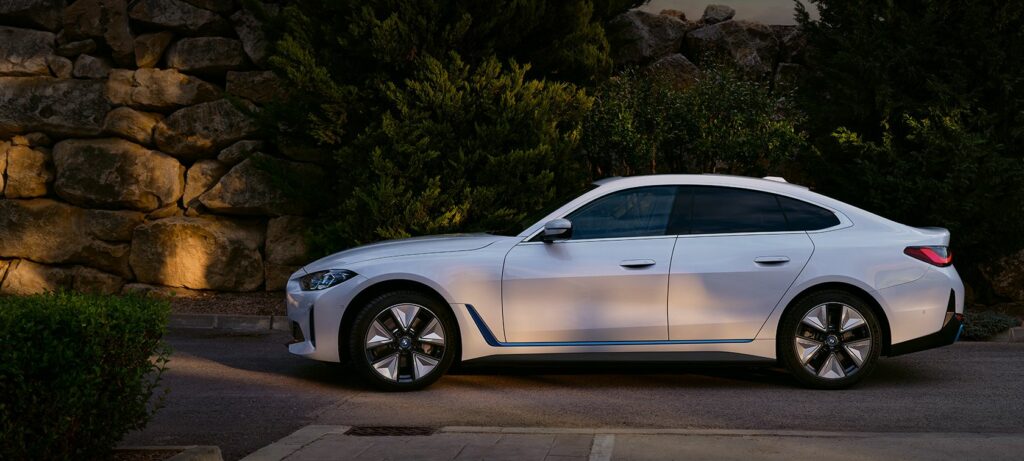
Additionally, the near-instant torque delivery that makes EVs so thrilling to drive also contributes to tire wear. This surge of power can cause tire slippage, even when traction control systems are working to minimize it. While the effect might go unnoticed by the driver, over time, it accelerates wear.
Finally, EV tires are designed with specific trade-offs. They prioritize lower rolling resistance to improve range, sound-deadening features for quieter rides, and the ability to support the vehicle’s weight. These design considerations often come at the expense of durability, as manufacturers focus on delivering the best showroom experience.
Do You Really Need EV-Specific Tires?
The short answer is yes, if you want optimal performance. EV-specific tires are engineered to meet the unique demands of electric vehicles.
They are built to carry the additional weight of the battery pack, maximize range through lower rolling resistance, and reduce road noise with specialized tread patterns or foam inserts. These tires are also reinforced to handle the instant torque delivered by electric motors, ensuring safety and longevity.
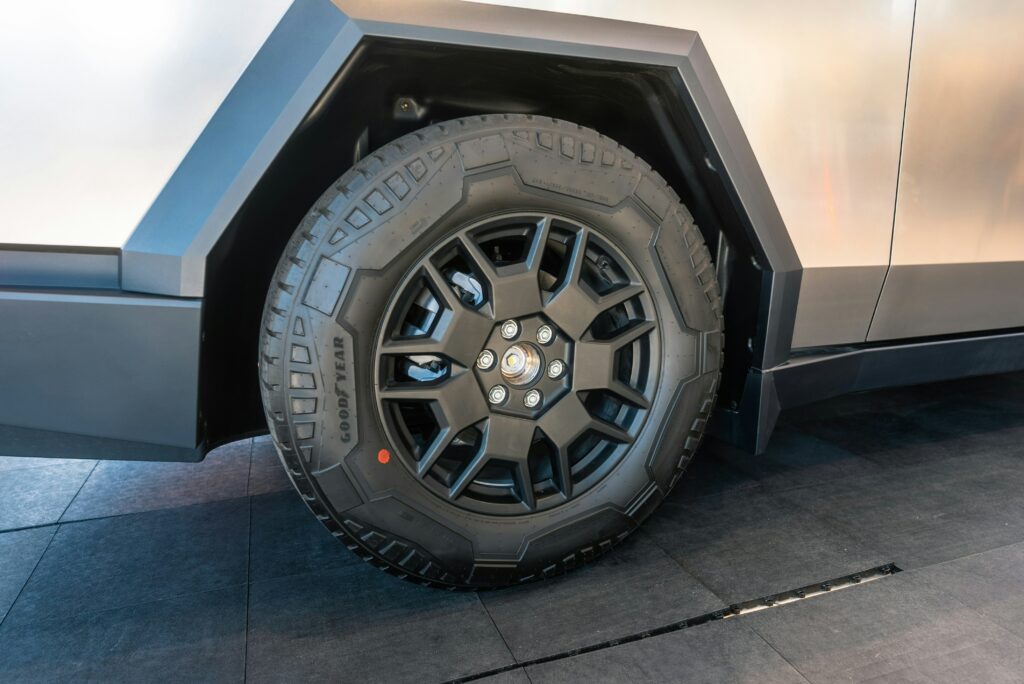
Using standard tires might seem like a cost-saving measure, but it can lead to reduced range, increased noise, and potential safety risks due to insufficient load ratings. In the long run, EV-specific tires provide better overall performance and efficiency.
How Long Do EV Tires Last?
The lifespan of EV tires depends on various factors, but many owners report a 20% reduction compared to traditional gas-powered vehicles.
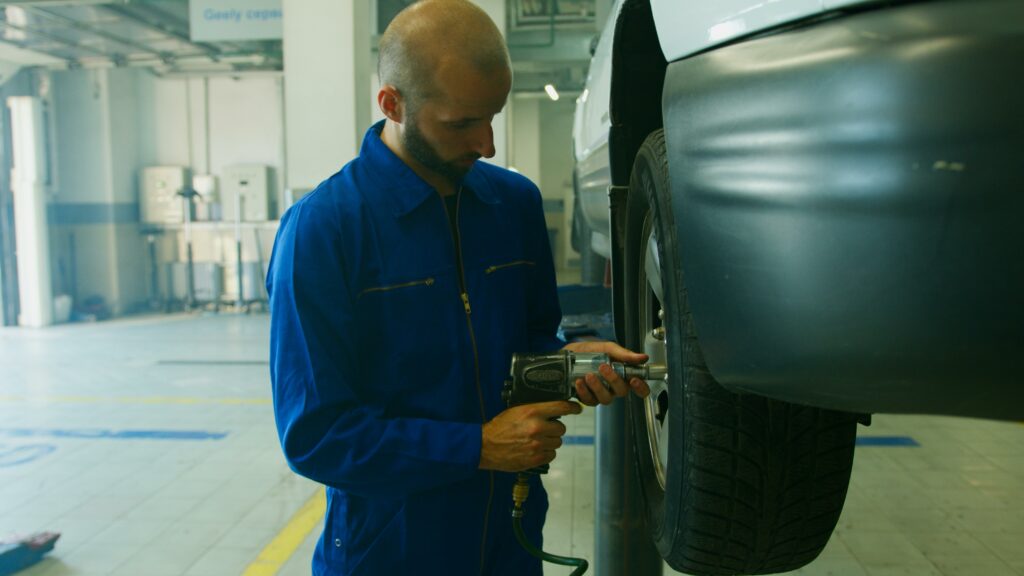
While conventional car tires might last between 40,000 and 50,000 miles, EV tires often require replacement closer to the 30,000-mile mark. Driving habits, road conditions, and proper maintenance all play crucial roles in determining tire longevity.
How to Extend the Life of EV Tires
Maintaining EV tires is essential not just for cost savings but also for safety and efficiency. By adopting proactive measures, you can significantly extend the lifespan of your tires. Here’s how:
Invest in the Right Tires
Choosing high-quality EV-specific tires is the first step toward prolonging their life. These tires are designed to handle the weight and torque demands of electric vehicles. Ensure that your tires meet or exceed the manufacturer’s specifications for load rating and rolling resistance.
Monitor and Maintain Tire Pressure
Proper tire pressure is critical for even wear and optimal efficiency. Underinflated tires increase rolling resistance, which can lead to faster wear and reduced range.
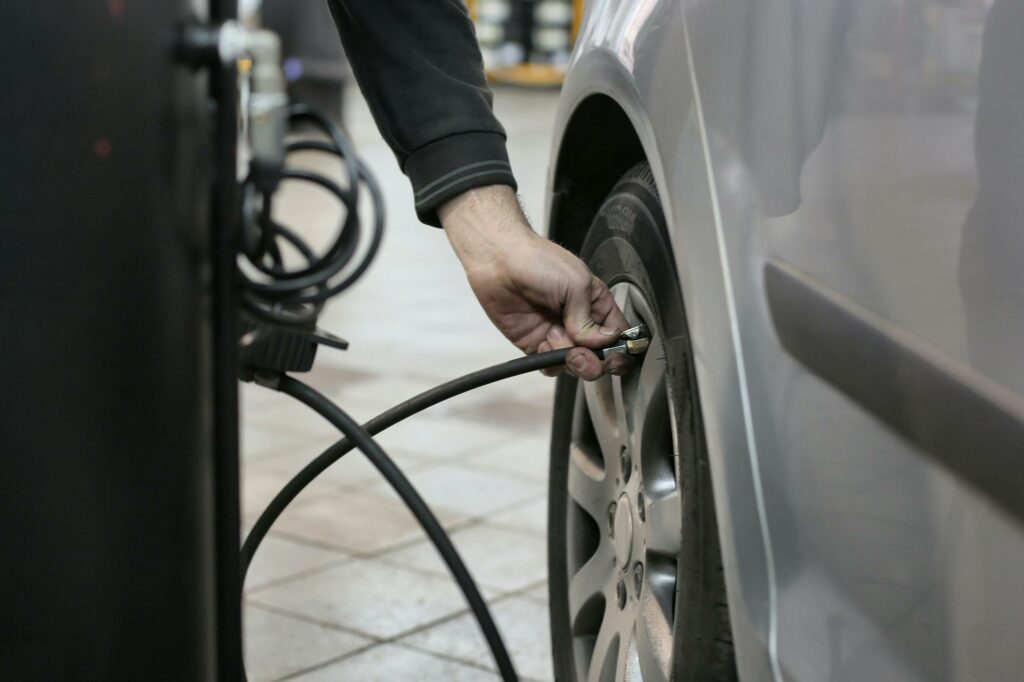
Check your tire pressure regularly, ideally once a month, and adjust it to the levels recommended by the vehicle manufacturer.
Rotate Your Tires Regularly
Tire rotation helps distribute wear evenly across all four tires, extending their lifespan. Many experts recommend rotating your tires every 5,000 to 7,000 miles. Follow your vehicle’s maintenance schedule to ensure consistent rotation.
Align Your Wheels
Wheel alignment ensures that your tires make proper contact with the road, preventing uneven wear. Misaligned wheels can cause one side of the tire to wear faster, leading to premature replacement. Have your alignment checked annually or whenever you notice uneven tread wear.
Drive Smoothly
Aggressive driving habits, such as rapid acceleration, hard braking, and sharp cornering, put undue stress on your tires.

Smooth, gradual inputs on the accelerator and brake can reduce wear while also improving your EV’s efficiency.
Avoid Overloading Your Vehicle
Exceeding your EV’s weight capacity adds stress to the tires, accelerating wear. Be mindful of the load you carry, especially on long trips, and avoid overloading your car with unnecessary items.
Choose Quality Roads When Possible
While not always within your control, driving on well-maintained roads can reduce the impact of potholes, debris, and rough surfaces on your tires. Avoid unpaved or damaged roads when alternatives are available.
Inspect Your Tires Frequently
Perform visual inspections to check for signs of uneven wear, cracks, or punctures. Catching these issues early can prevent more significant problems down the line.
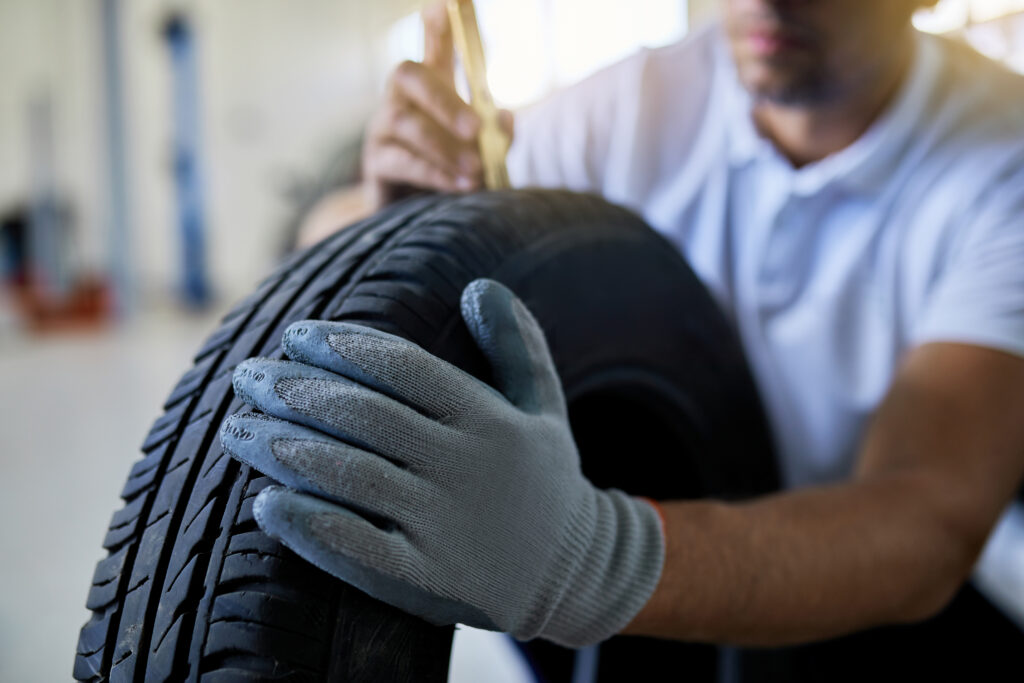
If you notice irregularities, consult a professional for advice.
Common Myths About EV Tires
When it comes to EV tires, misconceptions abound. From the belief that regular tires can do the job just as well to doubts about extending tire life, these myths often lead to confusion among drivers. Let’s set the record straight by addressing some of the most common misunderstandings about EV tires.
Regular Tires Are Just as Good as EV Tires
Some believe that regular car tires can perform just as well as EV-specific tires. However, standard tires are not designed to handle the unique weight distribution, torque, and rolling resistance requirements of EVs. Using regular tires can compromise range, increase road noise, and reduce safety.
All EVs Cause Rapid Tire Wear
While EVs are generally harder on tires, the extent of wear depends on the vehicle model, driving habits, and road conditions.
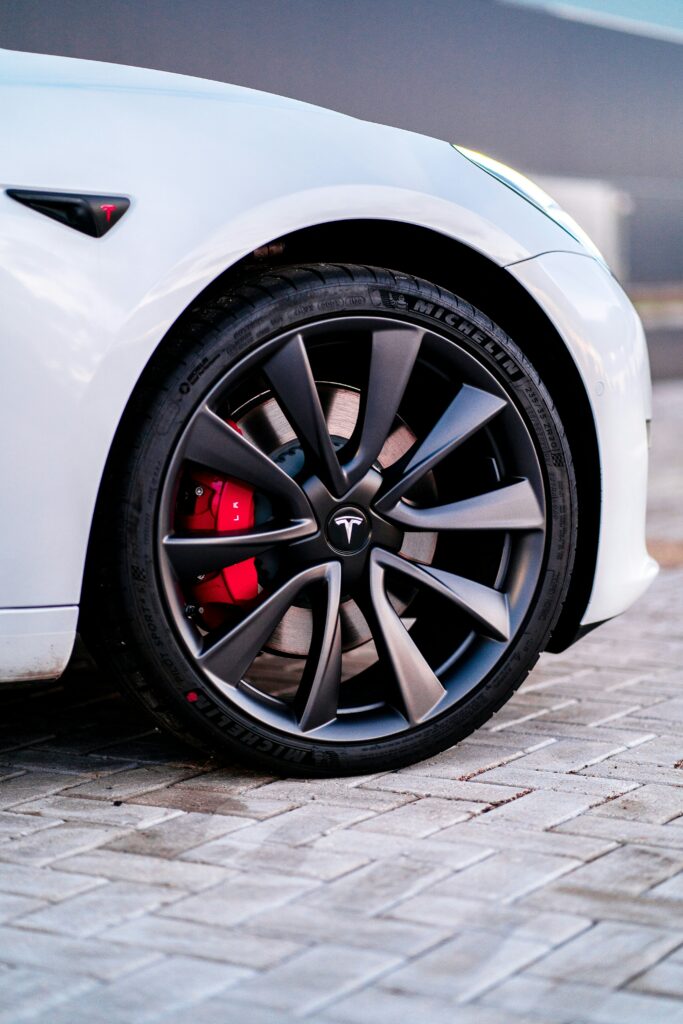
Performance-oriented EVs with softer tires may experience faster wear, but adopting proper maintenance and driving practices can significantly reduce this issue.
EV Tire Longevity Can’t Be Improved
It’s a common misconception that nothing can be done to extend the life of EV tires. In reality, following best practices like maintaining tire pressure, rotating tires, and driving smoothly can go a long way in improving tire longevity.
Environmental Considerations
Faster tire wear isn’t just a cost issue—it’s an environmental one. Tire particles contribute to microplastic pollution, which affects air, water, and soil quality. As EV adoption grows, so does the importance of minimizing this impact. Proper tire maintenance isn’t just good for your wallet; it’s a step toward more sustainable driving.
Charge Complete: What You Need to Know
Switching to EVs comes with adjustments, and faster tire wear is one of them. The weight of the batteries, instant torque, and the specialized design of EV tires all play a role. While this may sound daunting, choosing the right tires and maintaining them properly can mitigate the issue.
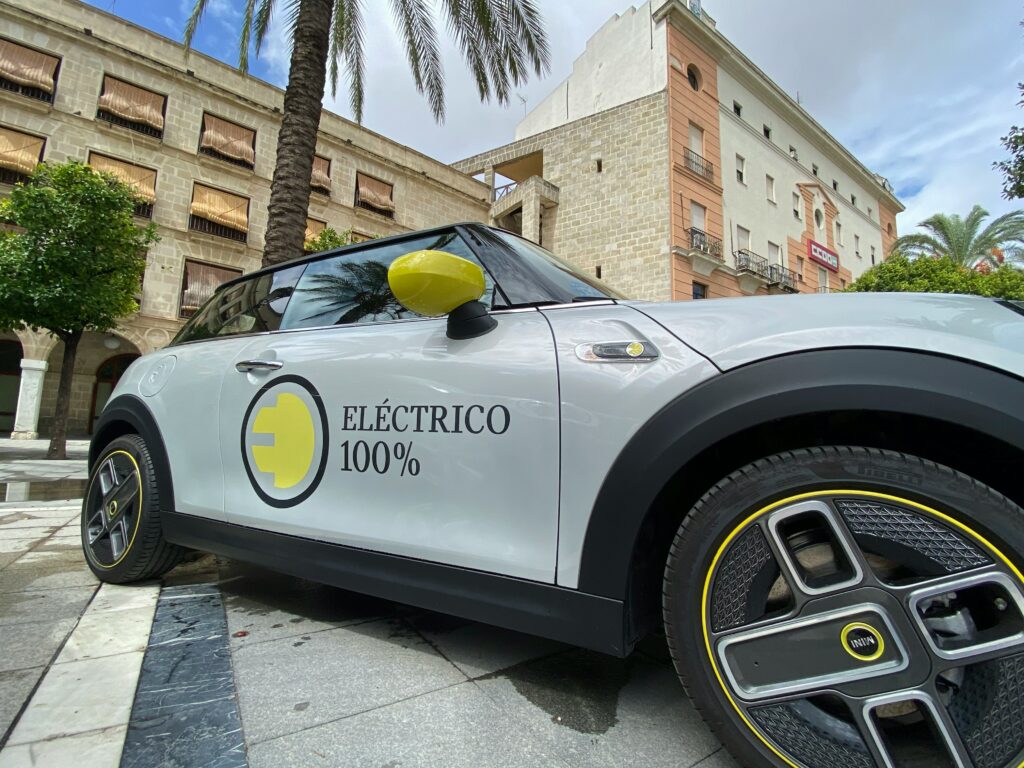
In the end, your tires are the only thing connecting your EV to the road—so treat them with care and keep your electric journey rolling smoothly.





This article is full of fiction. I have been driving electric since 2009. I have had my Model S for 5.5 years and over 50,000 miles. Still have the factory tires. EV’s are not heavier than ICE vehicles, EV’s cannot slip the tires when accelerating, overloading your vehicle? …LOL, this article needs to be titled myths about EV’s, there are no facts here. Move along.
You didn’t mention the prod/cons of nitrogen filled tires. A good thing or a bad thing?